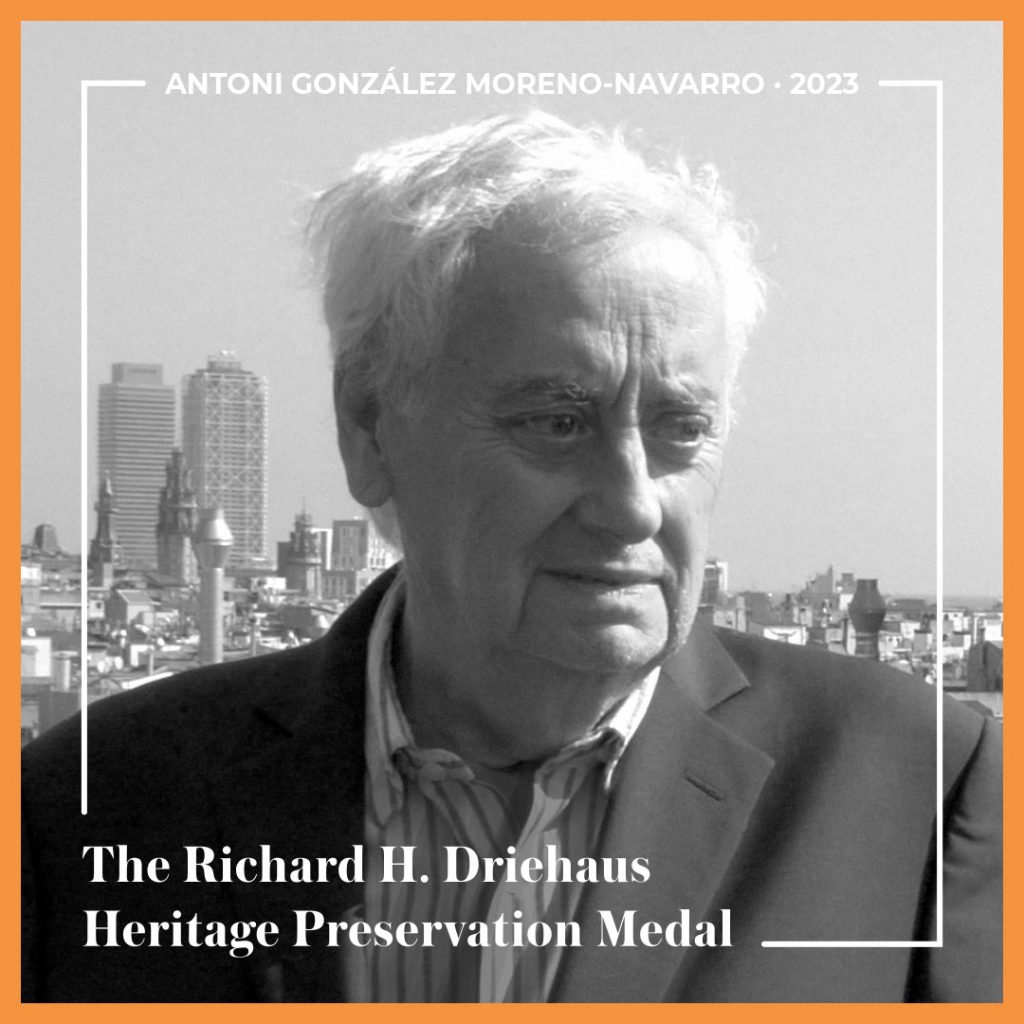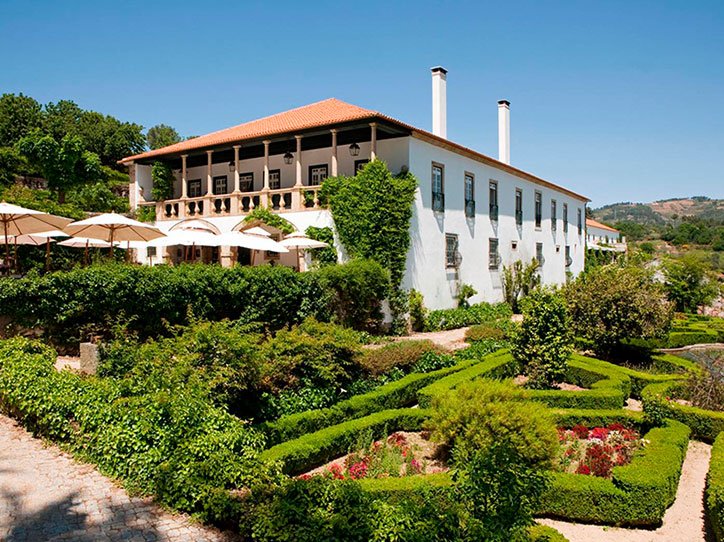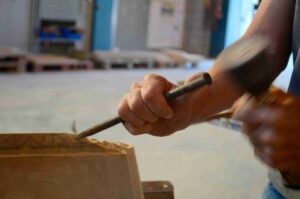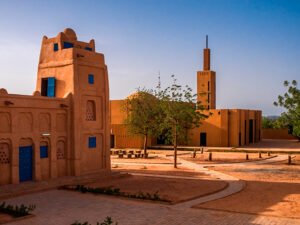The 11th Rafael Manzano Prize for New Traditional Architecture has been awarded to Luis Rebelo de Andrade, a Portuguese architect with a long record in the design of newly built and refurbishment projects, always with a particular concern for integration with the identity of the local buildings and landscape.
The winner of the 2023 Richard H. Driehaus Heritage Preservation Medal is Antoni González Moreno-Navarro, in recognition of his extensive career in heritage stewardship and his major theoretical and methodological contributions to better heritage conservation.


– Luís Rebelo de Andrade, 2023 Rafael Manzano Prize 2023 –
Luís Rebelo de Andrade graduated in Architecture from the Lisbon Faculty of Fine Arts in 1986. Before definitively engaging in architecture he aspired to be a sculptor, and his passion for sculpture gave him a unique and distinctive understanding of architecture’s role in the natural and built environment. In 1989 he founded his own practice, and from early on his work achieved recognition in Portugal. Since then he has performed a large number of projects both in his country and abroad, with designs that have been recognised and honoured with awards on several occasions.
Among his many projects in Portugal we may highlight the Hotel Six Senses, at which over more than 30 years he has turned a former farmstead into an internationally prestigious hotel complex through the addition and transformation of various volumes connecting the original structures, and by embellishing and restoring the ensemble. Also noteworthy is Quinta do Pinho, where he has extensively recomposed and restored an old dwelling with the accretion of elements (stairs, porches and openings) and volumes in keeping with the local architectural language. Equally notable is his work at Hotel Rural Casa dos Viscondes da Várzea, whose restoration has given a former winegrowers’ mansion a new life as a hotel.
All these projects in the Douro valley are exemplars of how to blend new traditional designs with existing constructions following local models and making use of natural materials from the environs. All of these projects are highly sensitive towards the environment of which they are part, to the extent that it is hard to distinguish between what already existed and what has been added, removed or transformed.
Moreover, among his extensive work in Lisbon, we may note projects such as the restoration of the Church of São José dos Carpinteiros, the refurbishment of the Falcarreira Palace or the renovation of his own studio, a former warehouse and winepress that has been exquisitely converted into a workspace and meeting place.


– Antoni González Moreno-Navarro, 2023 Richard H. Driehaus Heritage Preservation Medal –
Born in Barcelona in 1943, Antoni González Moreno-Navarro graduated as an architect in 1970. In 1975 he became Director of the Historical Archive of the College of Architects of Catalonia. A few years later, in 1981, his commitment to heritage conservation led him to assume the role of Head of the Local Architectural Heritage Service of the Barcelona Provincial Council. Over his years of stewardship he developed the intervention method known as “Objective Restoration” in reference to the need to develop specific criteria for each project, and he has led many restorations in the region.
His defense of “architectural authenticity” as a counterweight to an often excessive emphasis on “material authenticity” served to support many restoration practitioners in adopting the most suitable criteria for each restoration, without overlooking important values of built heritage such as spatial, functional or structural aspects. Along the same lines he disseminated the notion of “architecturally false” as against that of “historically false” in restoration, and highlighted the specificity of criteria for work on architectural heritage as opposed to those commonly applied in other types of work. As he says himself, “if the Venus de Milo were a building, we would probably have to restore her arms”. He has also stressed the importance of taking account of what buildings mean to those who use them and of seeking to avoid refurbishments that are liable to be unpopular due to the alteration of that meaning, introducing community consultation as an integral part of the restoring architect’s decision process. He has also drawn attention to the need to inform and educate the community during and after any restoration, which process he included as a key part of the projects he led. Thanks also to his influence, methods of archaeological analysis began to be applied to buildings still standing and to elements of any period before any restoration work started.
He has directed over a hundred restoration projects and sites and has set out his ideas and accounted for his practice in detail, in which aspect he was also a pioneer, through many books and articles. These notably include La restauración objetiva. Método SCCM de restauración monumental(Objective restoration. The Heritage Service method of monumental restoration), published in 1999. In 1992 he was one of the founders of the Partal Academy, an association of professionals devoted to the restoration of historic buildings, and in 1980 he received the prestigious FAD Restoration Award.
Among the many restoration projects undertaken over his career we may note that at the Monastery of Sant Llorenç de Guardiola in Berguedà, the restoration of the Church of Sant Jaume de Sesoliveres in Igualada, the restoration and recovery of paintings in the Church of Sant Quirze de Pedret, or work on the Porxada de Granollers market, the hospital of Sant Pau or structures by Gaudí, such as the Güell Palace chimneys.






